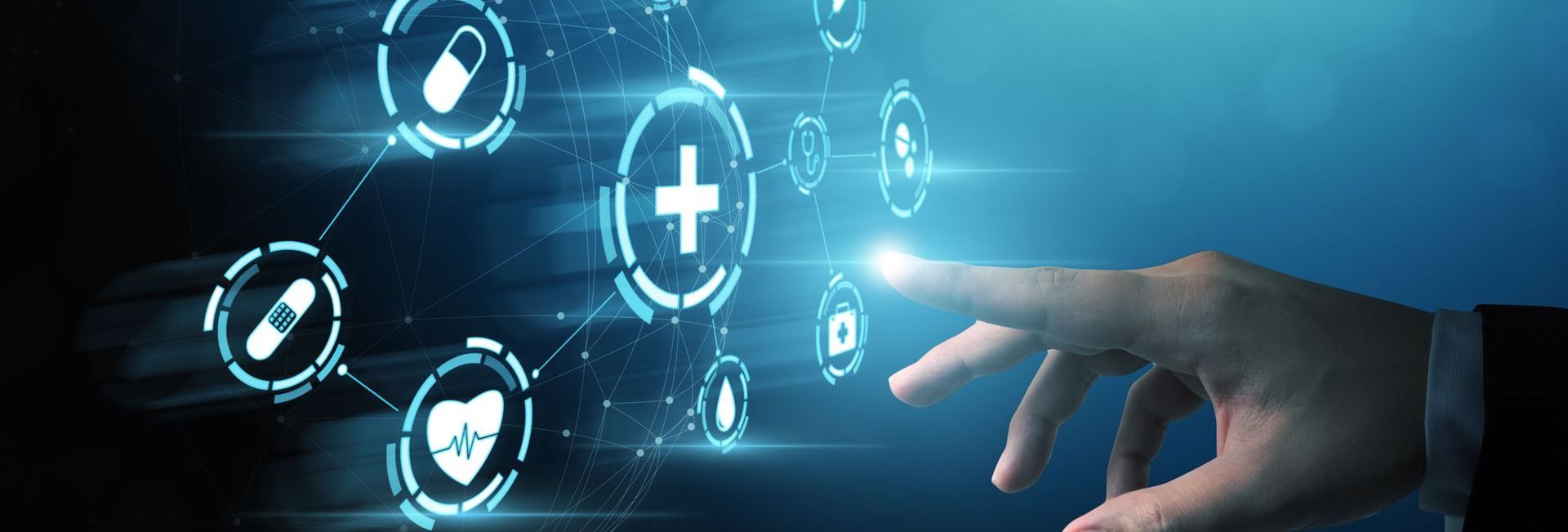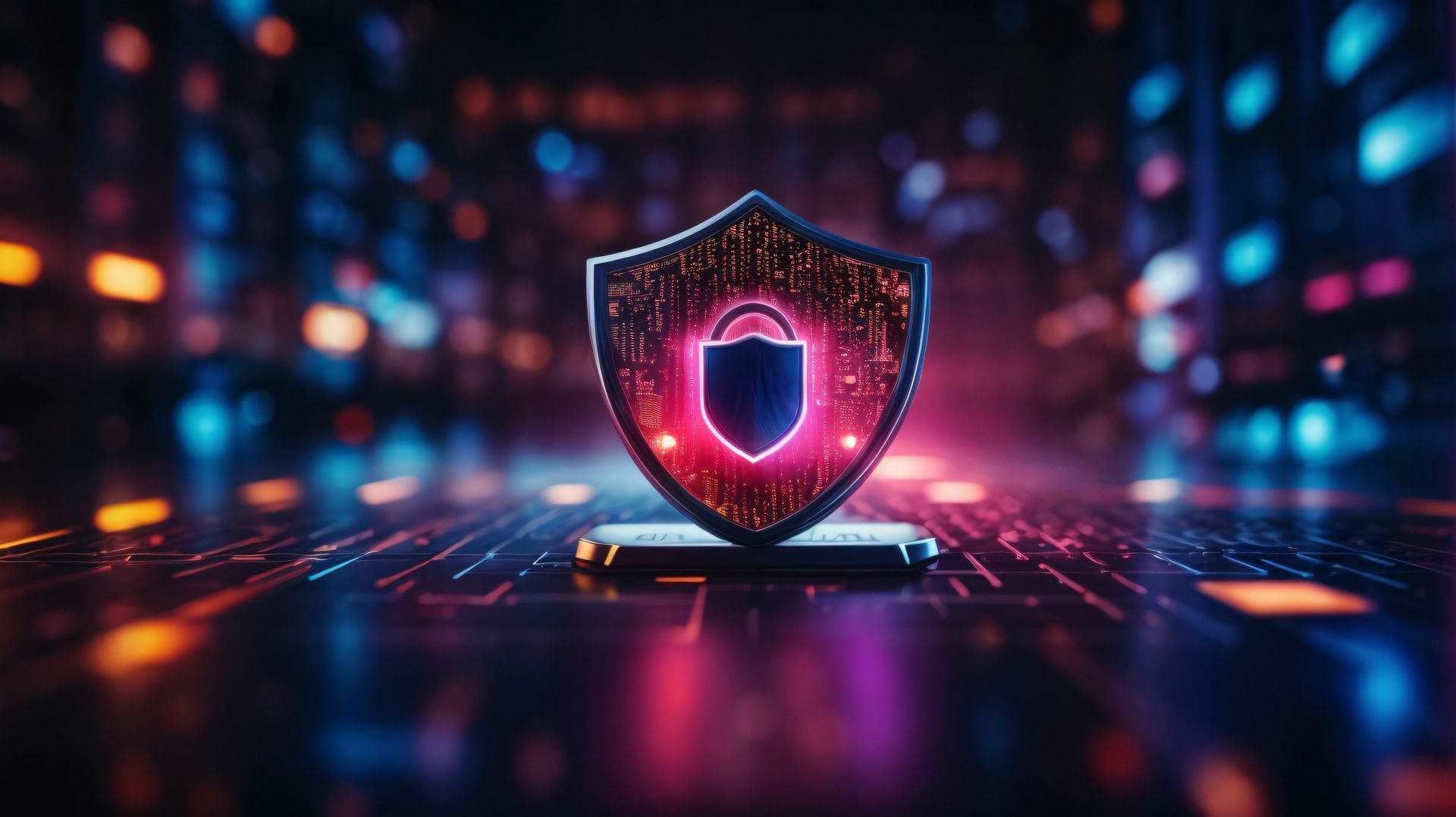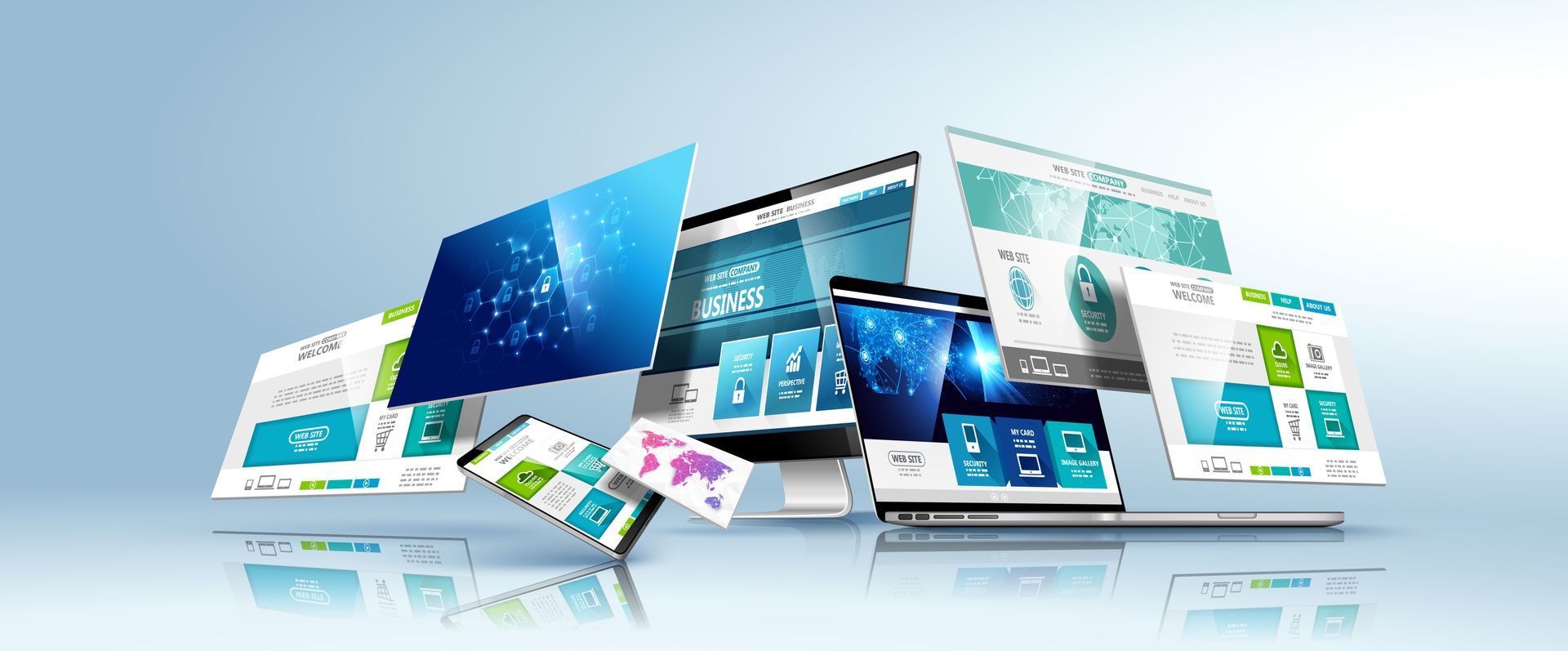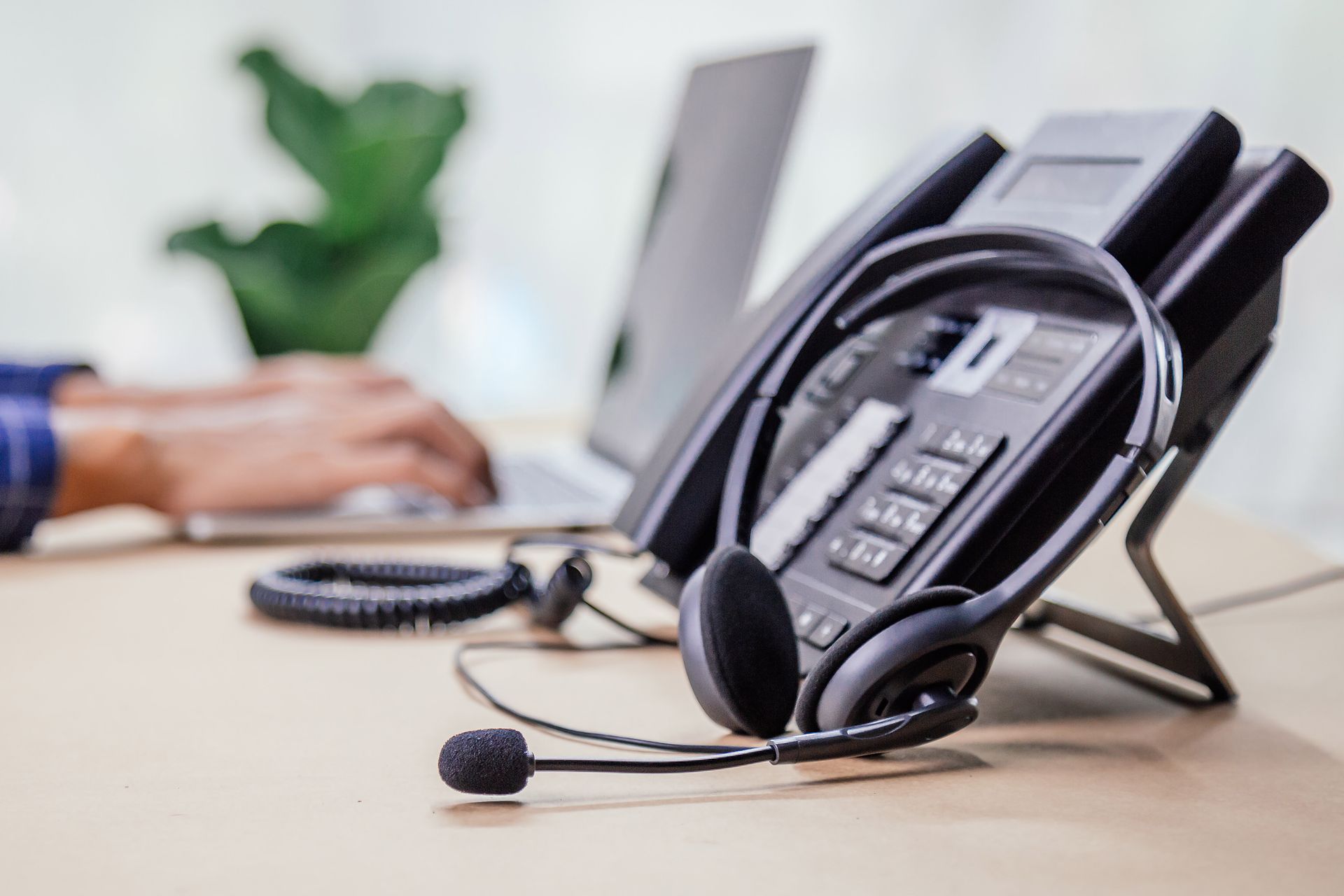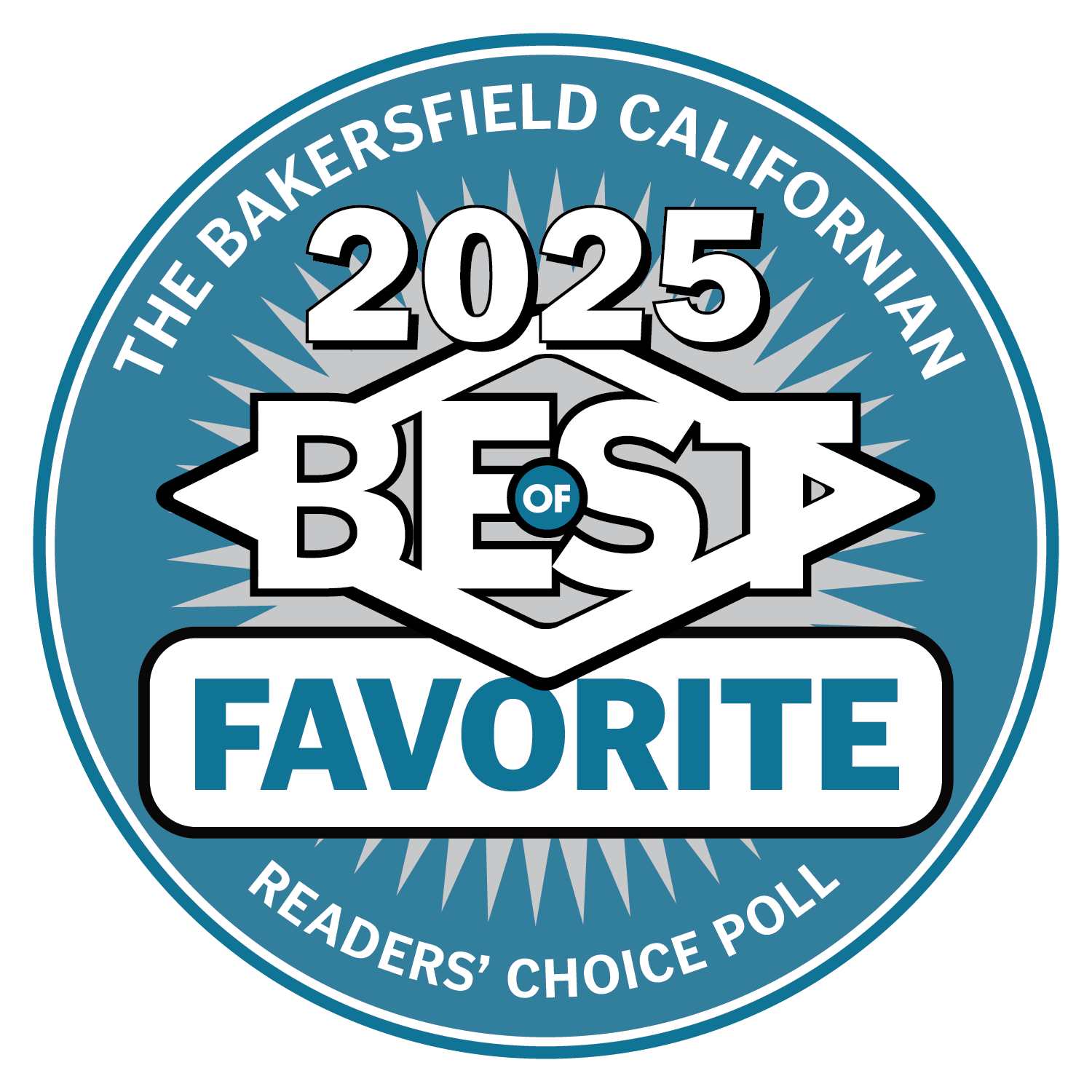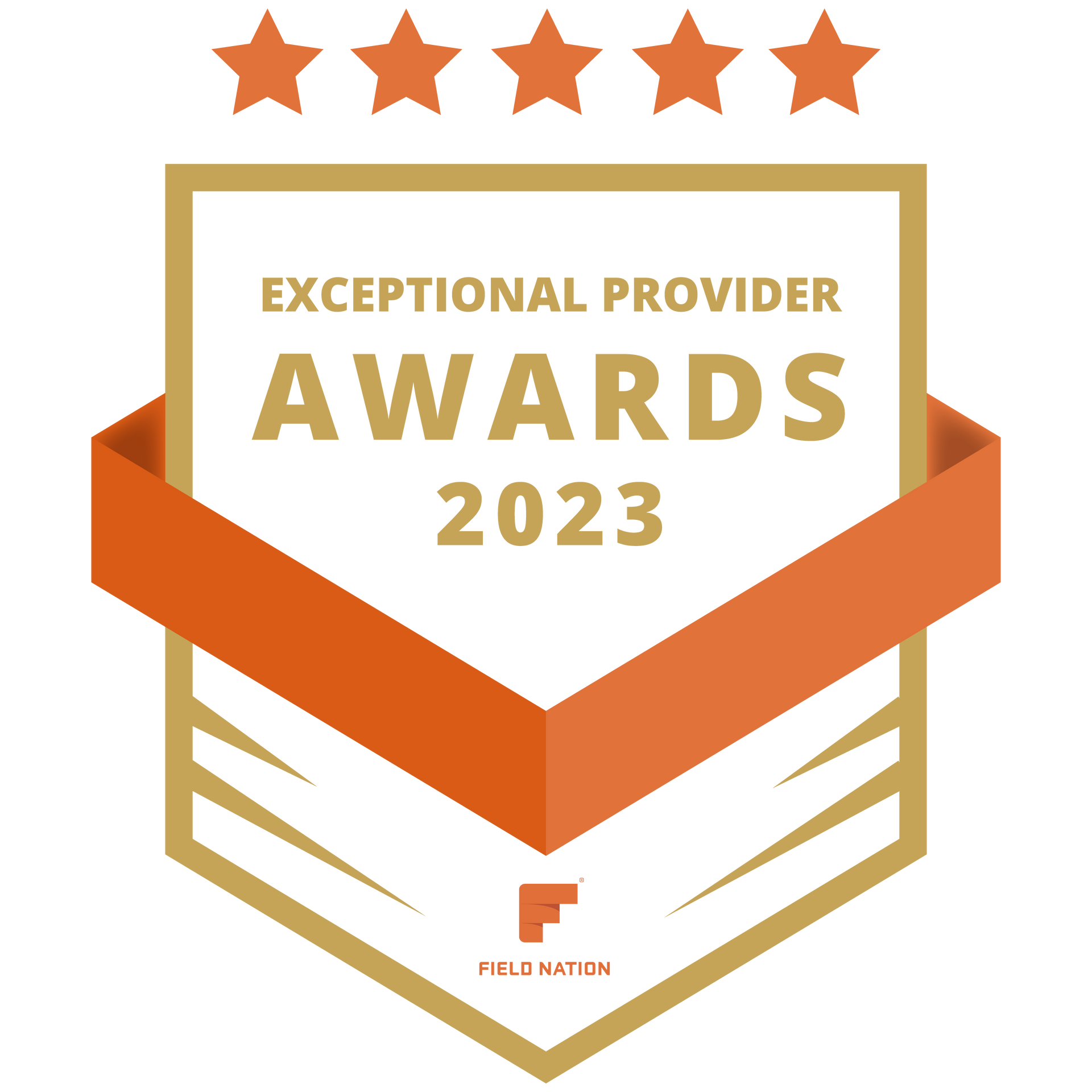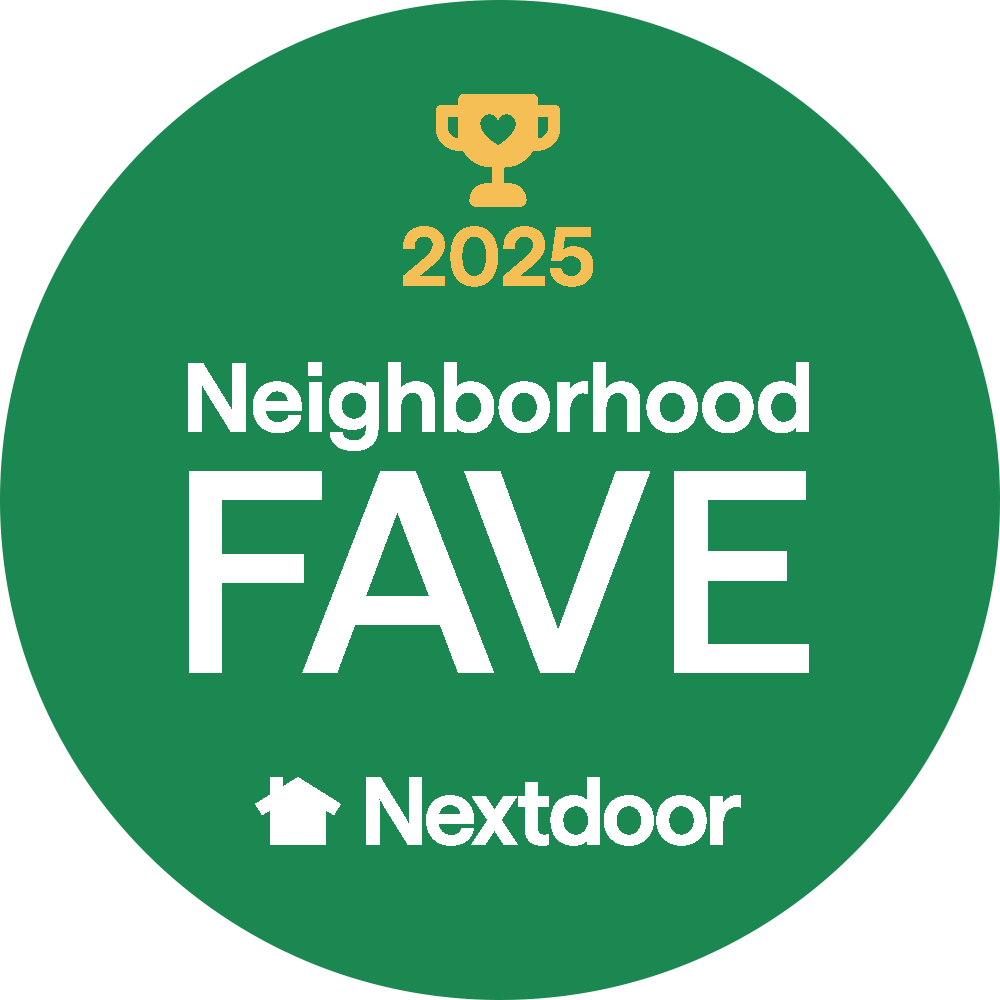RFID in Healthcare: Smarter, Safer Access Control
Alyssa Suggs • July 3, 2025
Is Your Healthcare Facility Secure? Why You Need Access Control Now

Healthcare facilities are facing increasing pressure to secure their environments, not just for compliance but for the safety of patients, staff, and data. As the landscape changes, both physical and digital threats are becoming more common, and more costly.
According to
IBM’s 2023 Cost of a Data Breach Report, the average cost of a healthcare breach hit nearly $11 million per incident. Add that to the rising rates of workplace violence in hospitals and clinics, and it's clear: the need for strong, intelligent access control has never been greater.
Understanding the Role of Access Control in Healthcare
Healthcare facilities deal with a lot: sensitive data, high-value equipment, medication storage, and vulnerable patients. Without proper access control, things can fall through the cracks.
Here are just a few reasons access control is a must:
- Keep patients safe by limiting who can enter certain areas
- Protect data and stay HIPAA compliant
- Secure medications and supplies from theft or misuse
- Know who’s in the building and where they’re going
- Respond quickly to emergencies or lockdowns
Old-school keys or open-door policies just don’t cut it anymore. At its core, access control is about making sure the right people have access to the right spaces or systems, and no one else does. That could mean restricting who can enter a medication room, controlling visitor access to maternity wards, or protecting electronic medical records from unauthorized staff.
Modern access control systems use a mix of hardware and software to monitor and manage access across an entire facility. But access control is more than just locks and cards. It’s a system of trust, accountability, and visibility that impacts everything from patient safety to data security.
So, What Is RFID and Why Does It Matter for Access Control?
RFID stands for
Radio Frequency Identification. It’s a type of wireless technology that uses radio waves to read and transmit data stored in a small chip, usually embedded in a badge or ID card. These RFID cards communicate with readers placed at doors, gates, or secured workstations. When an authorized user taps or holds their card near the reader, it sends a signal to allow or deny access.
In access control, RFID is great because it's fast, contactless, and secure. Unlike physical keys or passcodes, you can easily manage permissions, revoke access instantly, and keep a full digital record of who went where and when. That makes it perfect for healthcare settings where both security and efficiency are key.
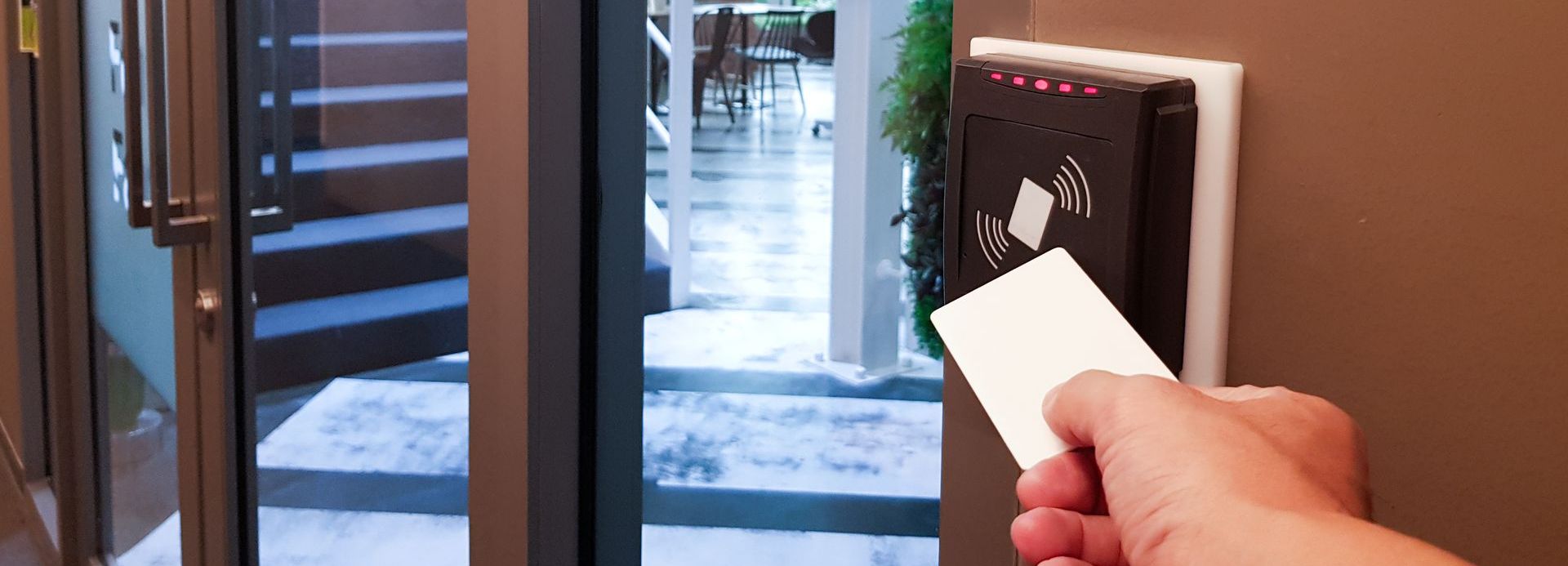
What Makes RFID Access Control So Smart?
With RFID badges or cards, access becomes quicker and way more efficient. You can:
- Swipe or tap to enter (no touching needed)
- Assign access levels by role, time, or location
- Track who enters where and when
- Pull digital reports and logs when needed
- Easily manage and update permissions
Basically, it’s fast, easy, and way more secure than handing out keys or using keypad codes that everyone eventually shares.
Real-World Benefits of RFID in Healthcare
- Locking down maternity wards to prevent infant abductions
- Restricting who can enter places like surgery or pharmacy storage
- Making visitor management easier during outbreaks or emergencies
- Helping with contact tracing by logging movement through the building
Hospitals and clinics need to strike a delicate balance: keeping care accessible while locking down sensitive areas and systems. RFID access control helps achieve that balance by assigning permissions based on job roles, departments, or clearance levels. For example, nurses in pediatrics may only need access to certain floors or medication storage, while IT staff might need access to server rooms and network closets , but not patient care areas.
This kind of system doesn’t just make it easier to grant access. It also makes it easier to spot irregularities. If someone accesses a restricted area outside of their usual shift or job scope, the system can flag it, helping prevent internal threats or misuse before they escalate into bigger issues.
According to a recent article in HealthTech Magazine, modern access control systems are becoming more integrated and proactive. Security leaders are recognizing the value of connecting physical and digital access controls under a single system to reduce complexity and improve response time.

Beyond Security: Compliance, Efficiency, and Patient Safety
Access control systems also help with compliance. Whether it’s HIPAA, OSHA, or Joint Commission standards, having logs and clear access levels makes a big difference.
For example, HIPAA requires restricted access to patient data, which means only authorized staff should be able to view or modify records. With RFID, access to EMR stations can be tied directly to individual user badges. Similarly, OSHA standards related to hazardous materials can be supported by limiting entry to chemical storage areas or supply rooms.
There’s also an operational benefit. Instead of handing out keys or managing clunky logbooks, staff can be onboarded quickly by assigning access templates based on their role. If someone transfers to a new department, their badge permissions can be updated instantly. And when someone leaves the organization, access can be revoked with a single click.
Common Access Control Challenges in Healthcare
A big challenge in healthcare is managing third-party access. Hospitals often work with hundreds of vendors and contractors, each requiring specific access to certain spaces or systems. Without a strong access control policy, it’s easy to overlook who still has active credentials. RFID systems help by making it easy to create vendor-specific profiles and time-limit access to the exact locations and timeframes needed.
Even biometric access control — which is growing in popularity — has limitations in a clinical environment. When doctors and nurses are wearing gloves or masks, fingerprint or facial recognition isn’t always reliable. That’s why RFID remains a practical, effective option for day-to-day use..
